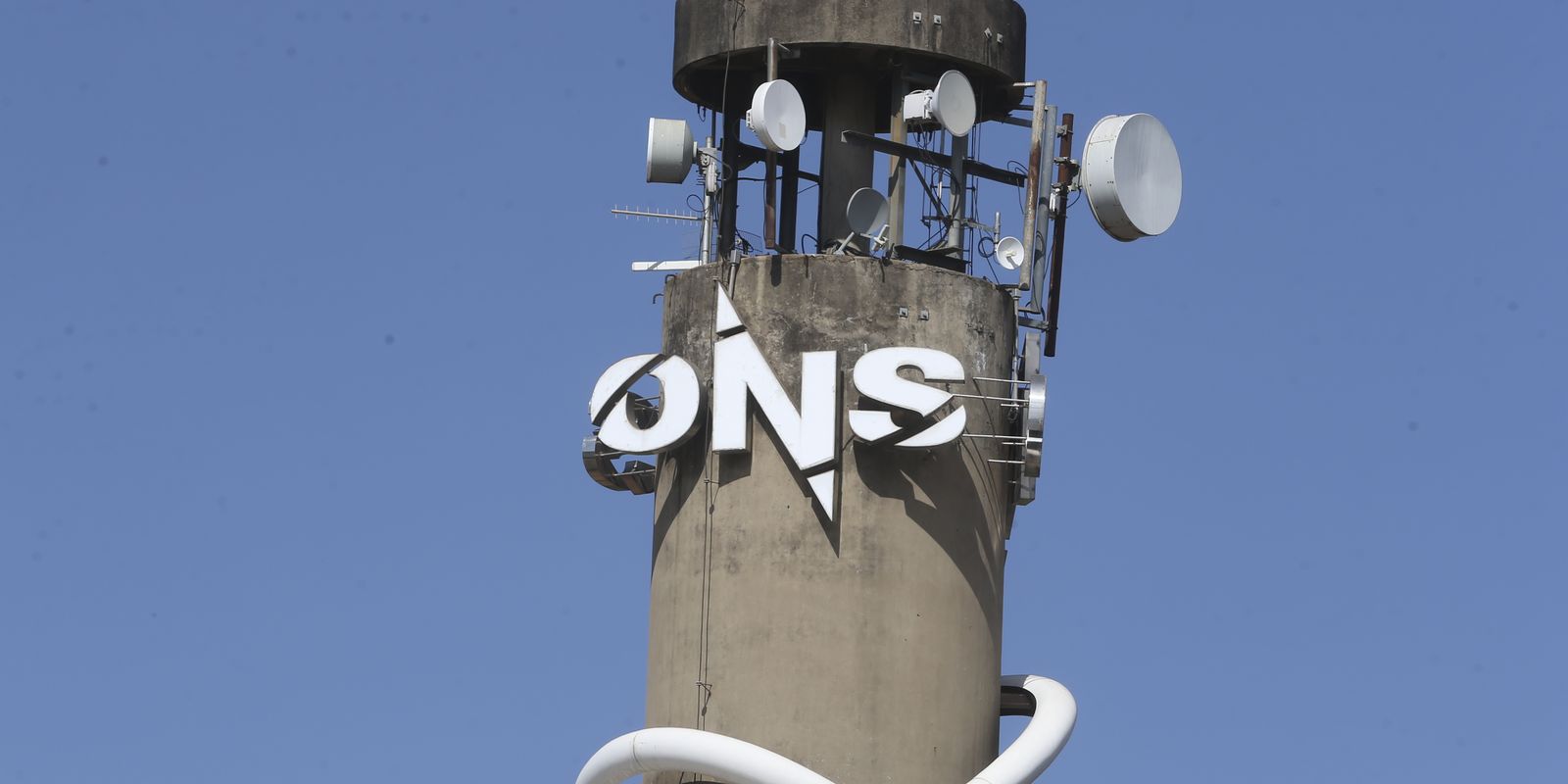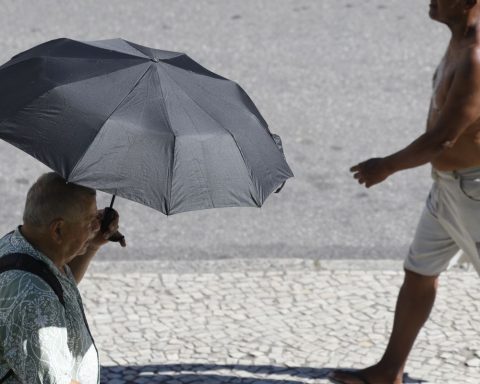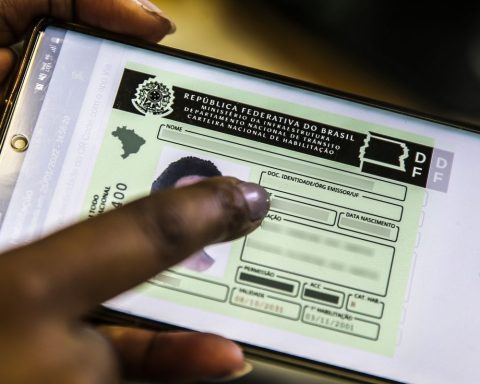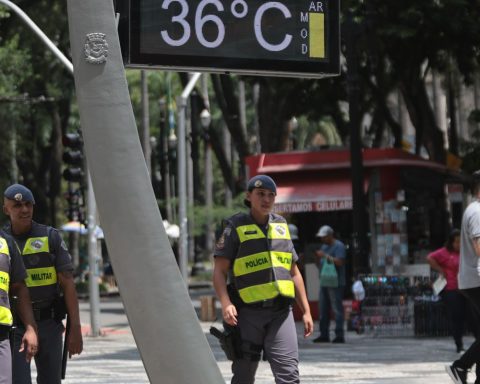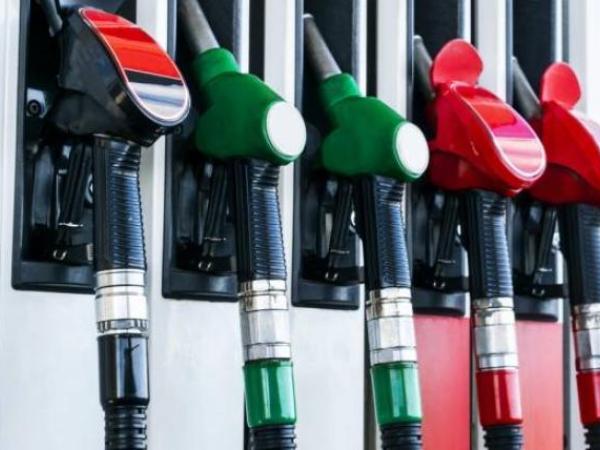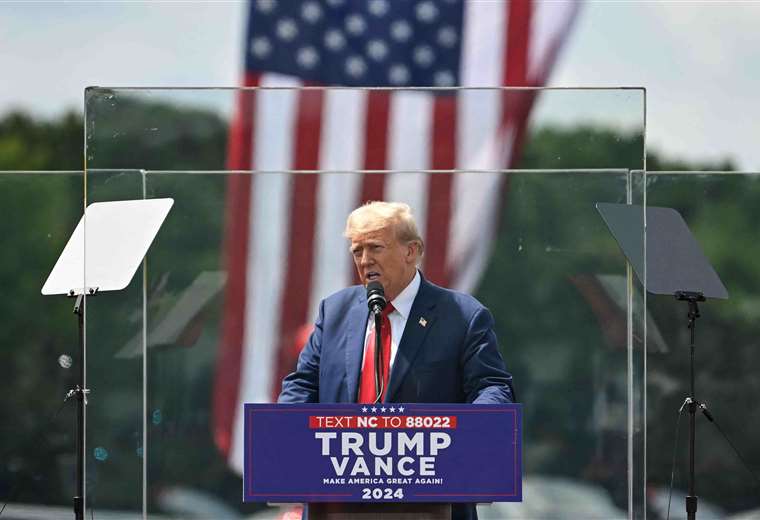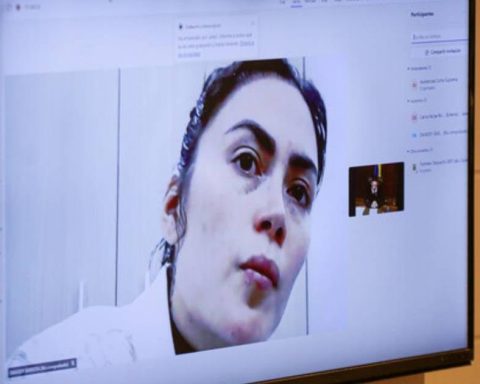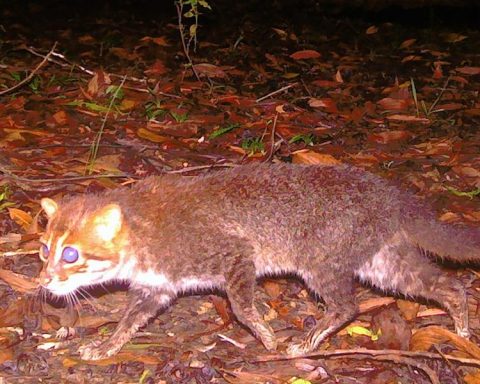The activation of natural gas-fired thermoelectric plants and the reduction in the use of hydroelectric plants in the North, in order to preserve the region’s water resources, are preventive measures recommended by the National Electric System Operator (ONS) to avoid supply problems in the country, especially during peak energy consumption times. Due to lower-than-expected rainfall, the agency recorded a drop in the availability of water resources, especially in the North Region.
According to the ONS, for some months now the volume of water reaching the reservoirs of hydroelectric plants and which can be transformed into energy has been below the historical average. “Therefore, for the periods of the day with the highest load consumption, which occurs at night, especially in the months of October and November, the scenario requires the adoption of additional operational measures of a preventive nature,” says the ONS. The recommendations were presented at the last meeting of the Electric Sector Monitoring Committee (CMSE), held at the beginning of the month.
Despite the recommendations, the ONS states that there is no problem with energy supply and that the National Interconnected System (SIN) has sufficient resources to meet the demand for energy. Currently, the Energy Storage Level (EAR) of the reservoirs of the Northern Subsystem is at 80.96%. In the same period last year, the EAR of the subsystem was at 85.6%, according to data from the ONS.
At the end of July, the National Electric Energy Agency (Aneel) established a green tariff flag for Augustdue to the favorable conditions for the generation of electricity in the country. According to Aneel, the volume of rainfall in the South Region in July contributed to the definition of the green flag in August.
Solar energy
The coordinator of the Electrical Sector Study Group (Gesel) at the Federal University of Rio de Janeiro (UFRJ), Nivalde de Castro, explains that the ONS’s concern is also related to the drop in solar energy production at the end of the day, which ends up impacting the country’s total electrical generation.
“The problem is very specific, it only happens when it gets dark because when it gets dark all the electricity production based on solar energy stops, and then it is necessary to supplement this output with another source, which has normally been done by hydroelectric plants, using their reservoirs. However, since we are in the dry season, hydroelectric plants, normally in the North, do not have reservoirs to cover this drop.”
According to the expert, despite being a short-term problem, the expansion of solar power plants in the country could turn it into a structural problem. “It is a short-term problem, but it will become a structural problem, because there is more and more solar energy coming in and the reservoirs are not growing, especially during this dry season. When it starts to rain again, around October or November, and if it rains within the average range, this short-term situation will be resolved, but each year this problem will repeat itself because more and more solar power plants are coming in,” he says.
According to the Brazilian Association of Photovoltaic Solar Energy (Absolar), Brazil reached 39 gigawatts of installed photovoltaic energy capacity this year. In 2023 alone, solar energy generation increased by 4,070.9 MW with the entry into operation of 104 photovoltaic plants, an increase of 39.51%.
